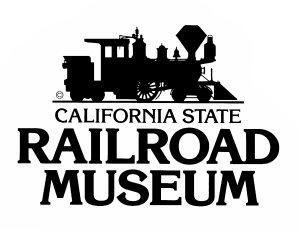Putting the “Public” in Preservation: Case Examples in Community Outreach and Consultation
- Which efforts, including oral history, community mapping, and multimedia exhibits help augment a mitigation plan for Section 106 or CEQA purposes.
- How can a “public historian’s approach” to development in historic neighborhoods or sites prevent costly delays and the threat of legal action for projects.
- What approaches serve as models for communicating with stakeholders, including Native American tribes and other groups that have typically been left out of the preservation process, including low-income communities of color.
- How can professionals learn to “listen” and address community concerns, efficiently, quickly, and equitably while achieving a win-win-win for developer, community resident, and local government.
- Which case examples serve as models for preservationists – models that can help take the house museum outdoors through participatory exhibits, public events, or other people-oriented public history efforts.

This Workshop is Sponsored in Part by the California State Railroad Museum

This Workshop is in Partnership with Preservation Sacramento
Learning Objectives
- Identify methods and best practices for interdisciplinary collaboration between preservation professionals, public historians, planners, and project applicants
- Learn how to improve consultation with the public in Section 106 and CEQA review
- Determine – as a project applicant, developer, or architect – how to gain critical public support for your project through active listening and negotiation
- Use the latest technology to bring the concept of heritage and preservation outside of the built environment and into communities that are actively interested in protecting their culture and quality of life.
